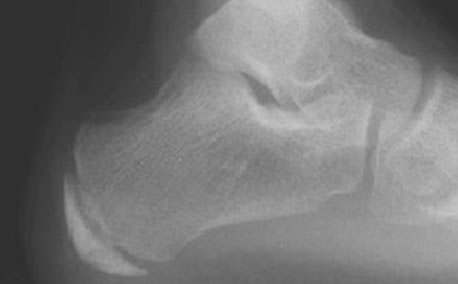Heel Pain in Children
What is it?
Heel pain in children usually manifests around the late childhood early teenage years. The Achilles tendon inserts into the heel bone or “calcaneum” and the area where it joins the bone is called an “apophysis”. This is a growing area between the bone and tendon and can become painful as the area matures as the child gets older. It is given a name called “Severs Disease”.
What causes it?
- The cause is not always directly found.
- As the child grows the area where the tendon and bone joins can be placed under repeated stress. This can inflame the growth area and cause pain and swelling.
- Altered biomechanics can potentially make symptoms worse including flat feet or high arched feet.
- Stress fractures of the heel bone (very, very rare)
What are the symptoms?
- Swelling at the back of the heel
- Pain or limp while walking
- Discomfort in certain shoes that rub
- Difficulty in performing sports
How is the condition diagnosed?
Clinical examination is sufficient to diagnose heel pain attributed to “Severs Disease”. If the symptoms are associated with an altered foot shape such as a flat foot your surgeon would identify this and treat as required. X-Rays can be taken but are not always indicated.

How is it treated?
- Pain relief
- Activity avoidance in the short term to allow symptoms to settle
- Cushioned heel raises to reduce pressure on the tendon area
- Physiotherapy for underlying calf tightness if required
When should you have surgery?
The condition is self-limiting and invariably settles with non-operative treatment. Surgery is not advised.




